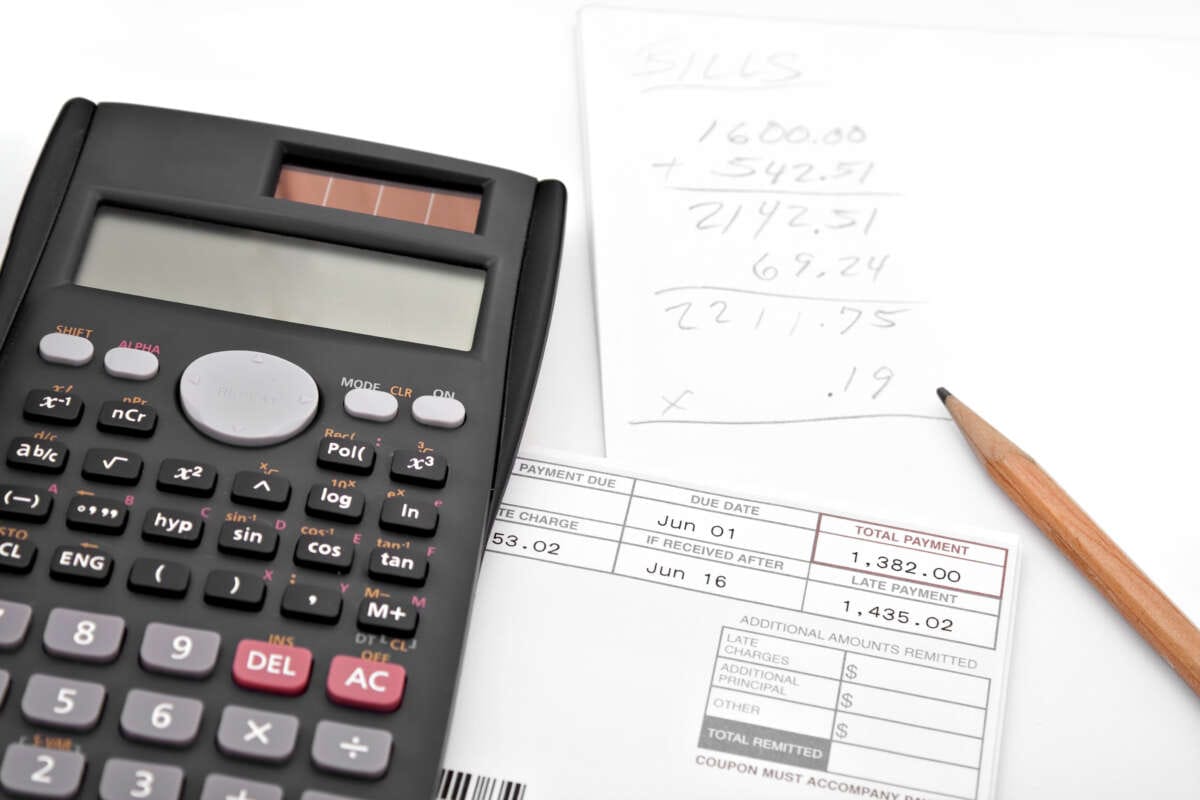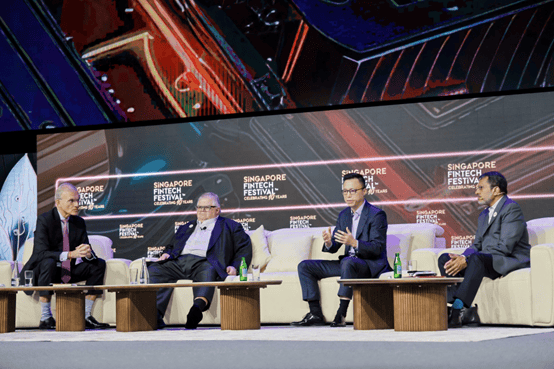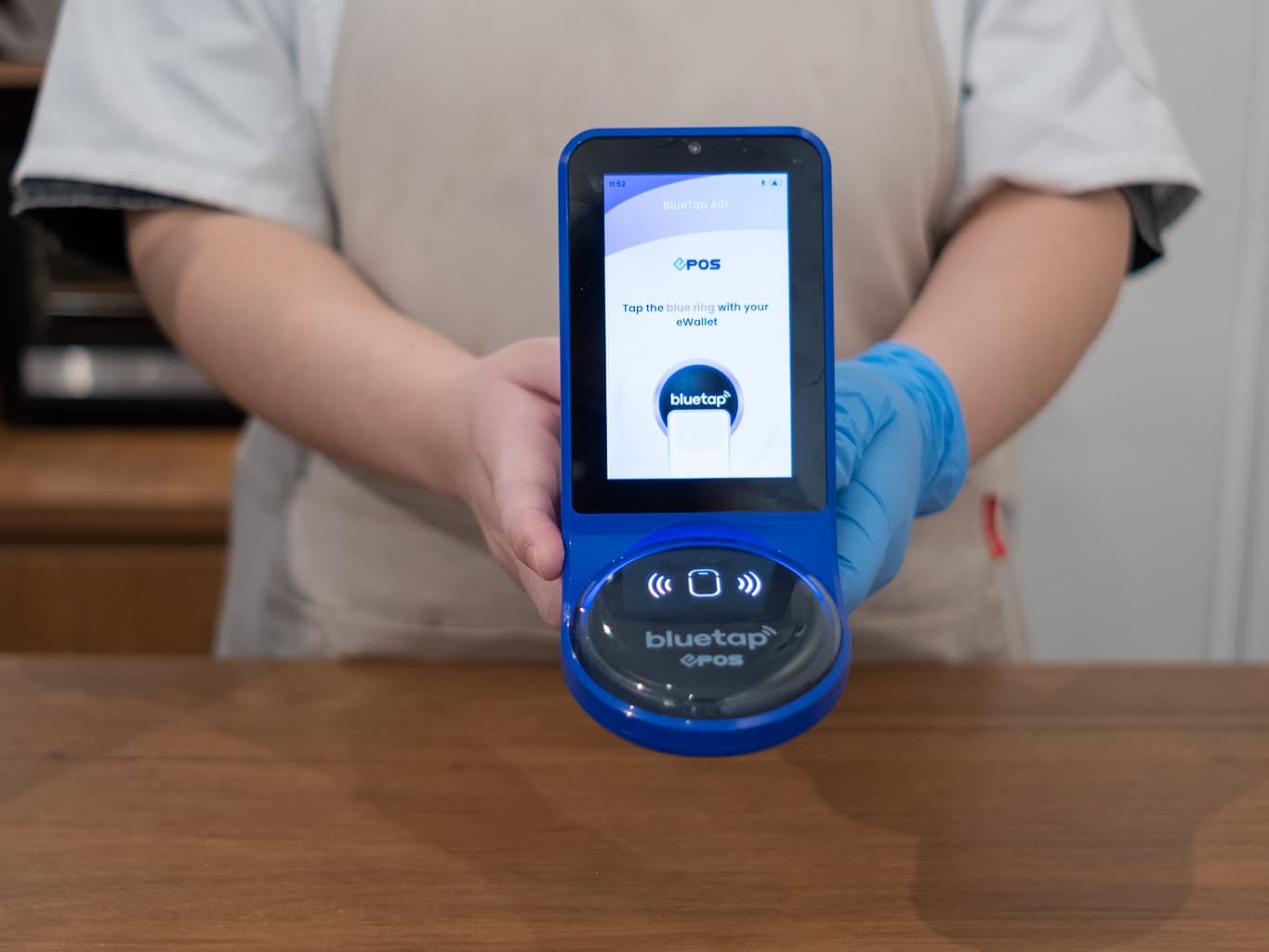

Indirect tax determination continues to be an ongoing challenge for many businesses. Often reliant on the limited tax functionality their ERP system offers, or a tool built in-house by the IT department, increasingly these solutions are failing to keep up with the complexities of the ever-evolving tax landscape.
Many businesses today are using e-invoicing and transactional data real-time reporting so there’sno room for errors or inaccuracies. This is putting additional pressure on tax teams to ensure calculations are correct first time around. Businesses need to provide accurate, timely finance reports quickly or they put themselves at risk of financial penalties and audits.
The tax landscape has never been the easiest to navigate and more recently, it’s become even more of a challenge for tax automation solutions to keep up with the latest requirements due to changes in regulations.In addition, many tax authorities are more frequentlywanting to see transactional information on an (almost) real-time basis and both the tax and IT department rapidly need to deploy resources to find and implement a compliant solution.
To better understand the challenges currently facing businesses when it comes to indirect tax automation, we surveyed* the views of VAT, finance, and IT leaders across Europe. With the majority still using just basic tools to address their tax needs, the research clearly shows thatrespondents currently face many challenges when it comes to VAT determination.
Navigating a complex tax landscape
One of the biggest challenges for 38% of respondents is handling multiple jurisdictions. Global supply chains are becoming increasingly complex, so for any business that transacts across multiple geographic regions, VAT determination becomes difficult, as does keeping up to date on allthe latest regulations. Remodelling to keep with legislative changesis the second biggest problem for almost a third. Other issues currently causing respondents issues include dealing with the impact of Covid-19 for 30% and Brexit for 29%. Managing accounts payable (AP) determination is also highlighted as a painful task for 29%.
The disconnect between the needs of the tax team andhow ITmaintains the tax automation solution is also highlighted in the research. 29% of respondents claim that their biggest current VAT issue is lack of understanding from the IT department about the solution updates that are required.
When asked about the pros & cons of their current indirect tax solutions, 41% of respondents also claim they are struggling with a lack of internal skills across the business to use and maintain their current solution. Implementation was also flagged as a significant challenge, with being too complex from an IT perspective an issue for 45%. The research clearly points to frustrations for finance and tax whose needs aren’t being addressed effectively by their IT systems. Given that IT typically supports the entire business, not just the VAT team, is it any wonder they struggle withthe software needs in relation to VAT calculations and the ever-changing tax landscape?
Future proofing tax automation
Finance, tax, and IT all acknowledge that their business needs to ensure it has future proofed IT systems in relation to VAT calculations.The research shows that tax, finance, and IT all agree on theimportance of finding a better way to manage their indirect tax calculation and determination needs. Collectively, they need to join forces to establish what they need from their automation solution.
Asked what they want from a third-party, external indirect tax automation solution, tax, finance all prioritised reliability, ease of use and efficiency for integration as their key features. Other key features on the wish list include APIs to make system implementation processes more streamlined and scalability across the business and global operations. Increasingly we’re seeing more and more Europe-based organisations considering specialist, cloud-basedtax engines. These tools eliminate the need for in-house tax research, ERP updates, and improves VAT determination accuracy. They also provide the VAT calculation for every AP and AR transaction in real time. These solutions remove the burden of understanding the complexities of tax calculations for IT and offer tax and finance the assurances they need for compliance.
As the research shows, stakeholders from around the business are frustrated with their current tools for indirect tax automation, but they do need to join forces with their colleagues to find an approach that works effectively for them all. With business and tax regulations becoming more and more complex, can they continue to operate as they are, or has the time come to invest in a new more effective and efficient approach?
*This research was carried out by independent market research specialist Vanson Bourne. 420 finance, tax and IT decision makers were interviewed across Europe.


